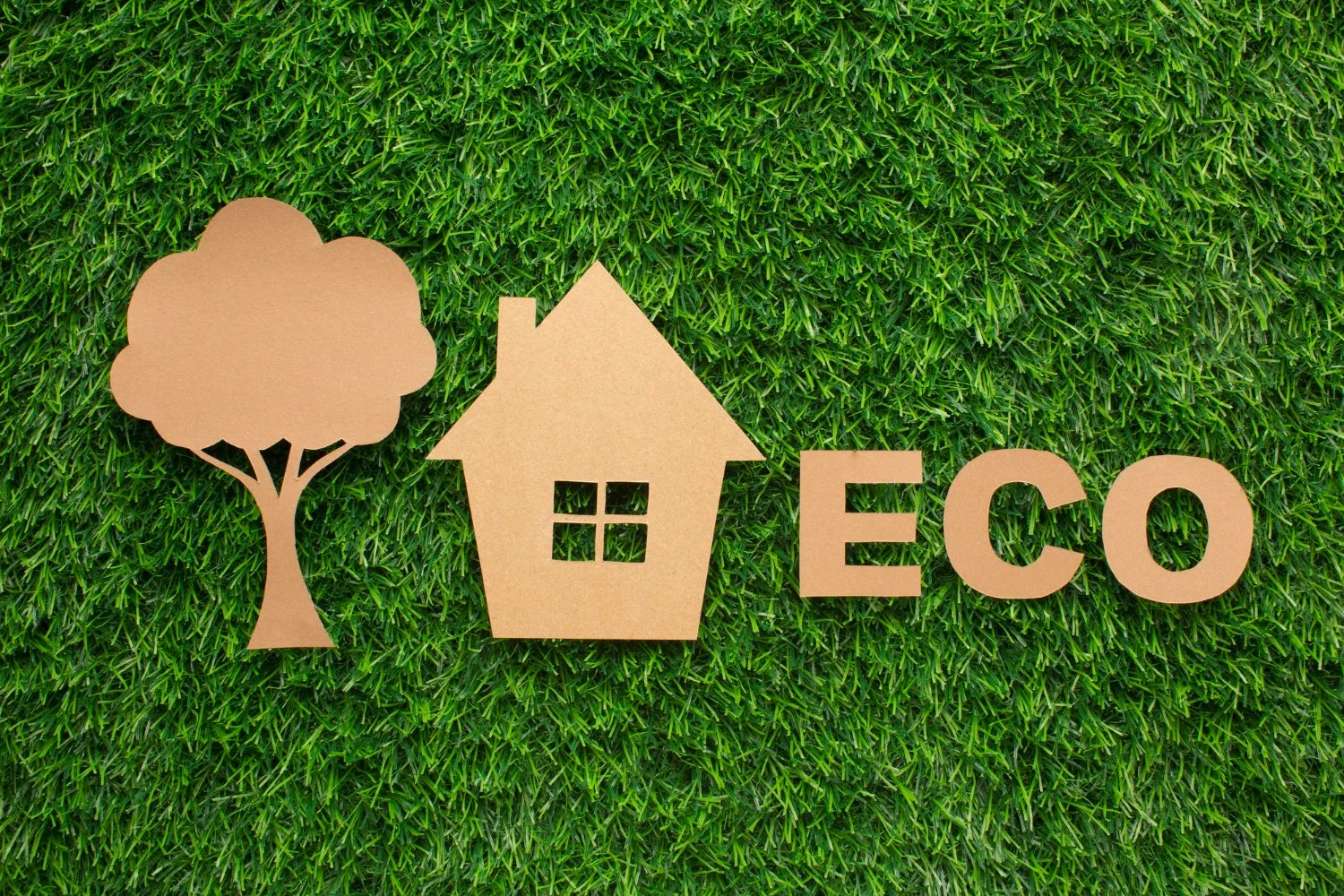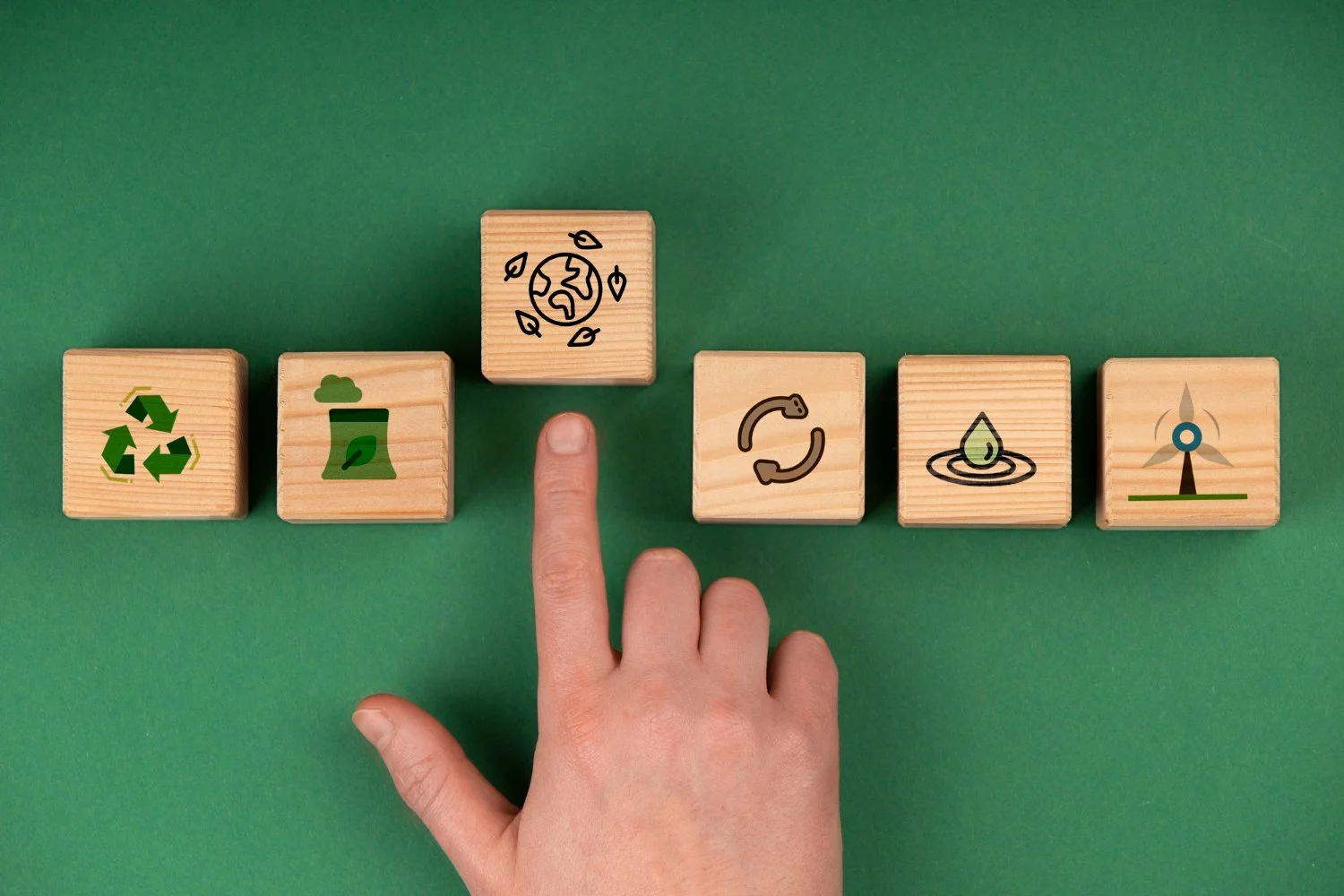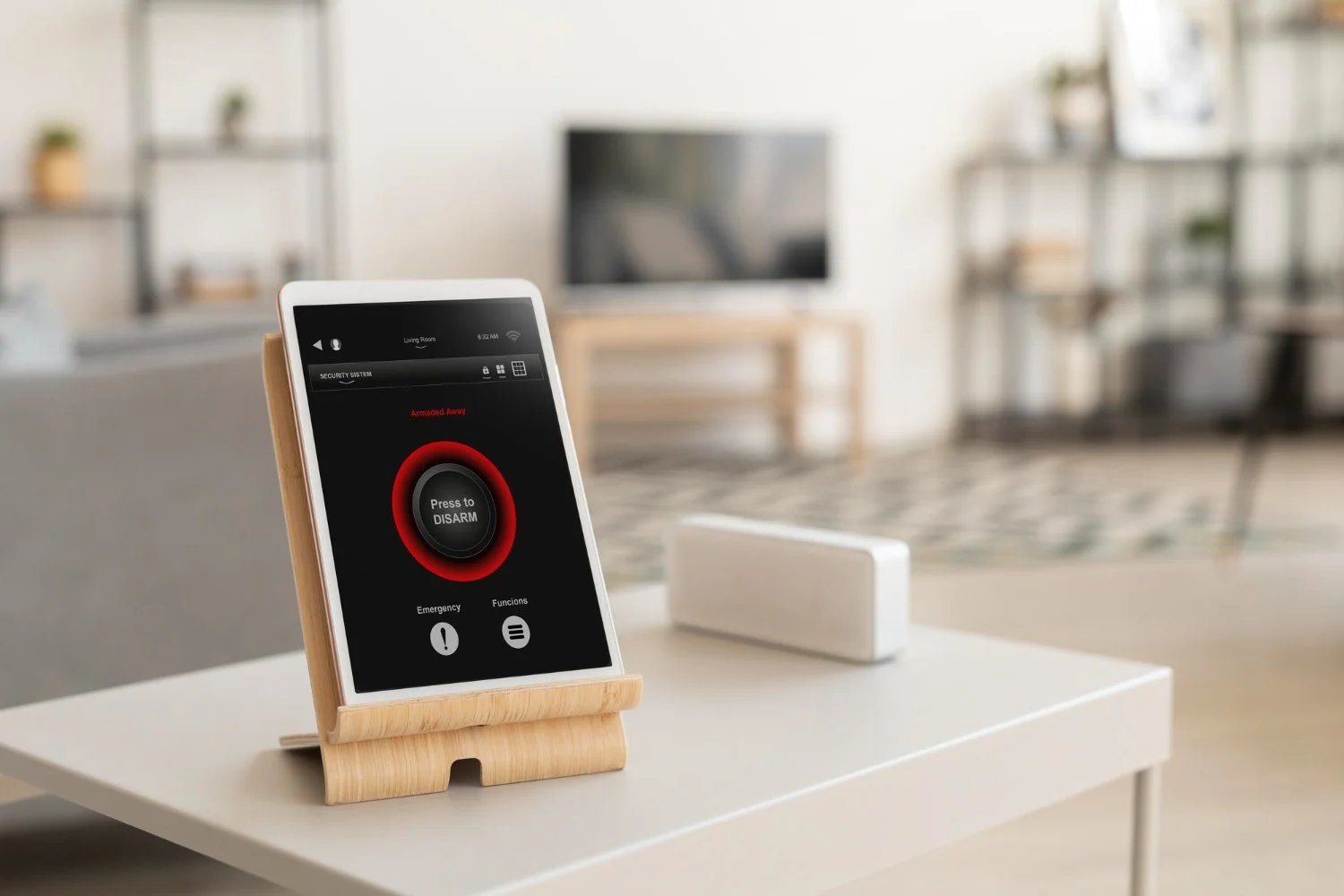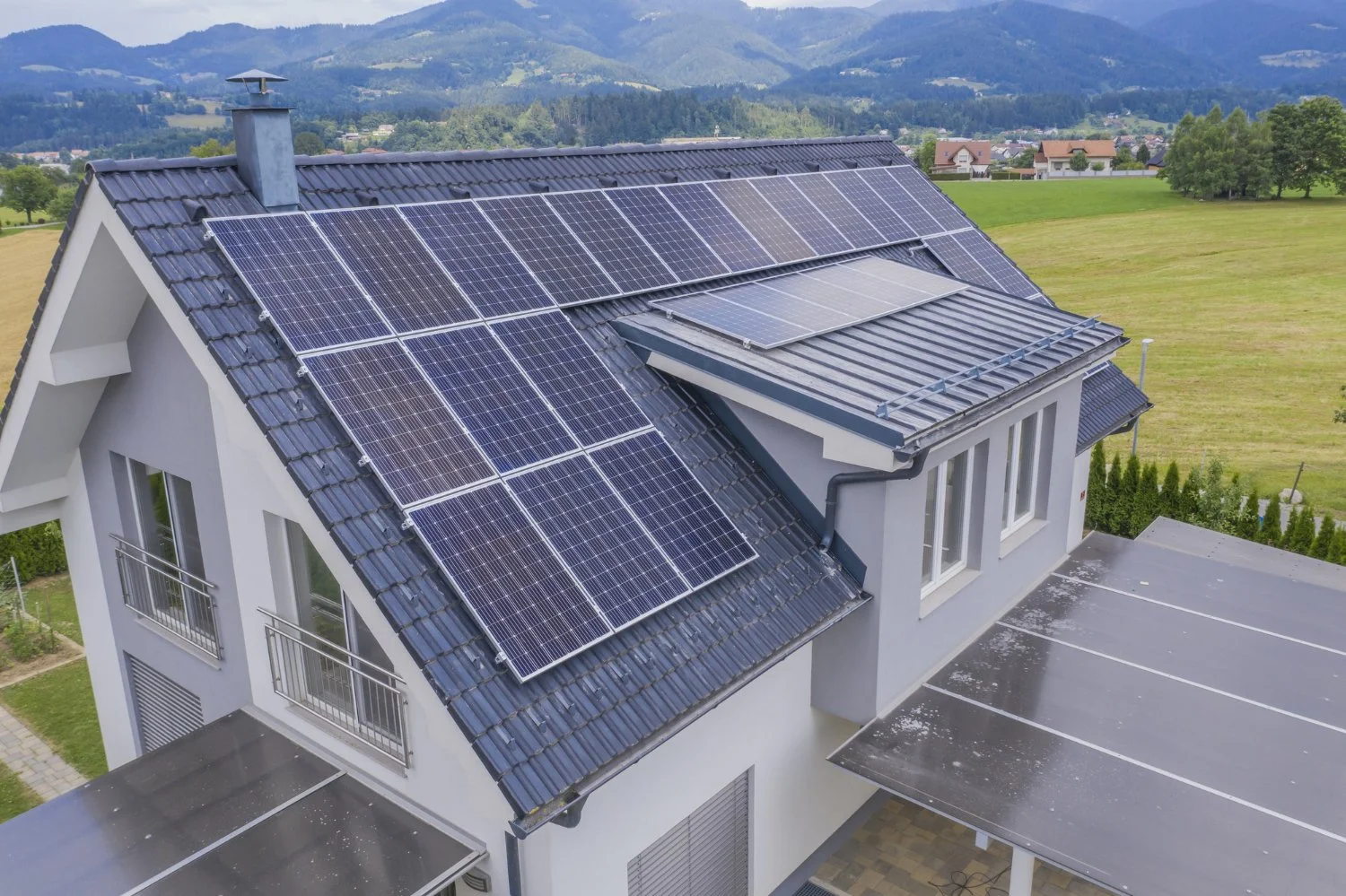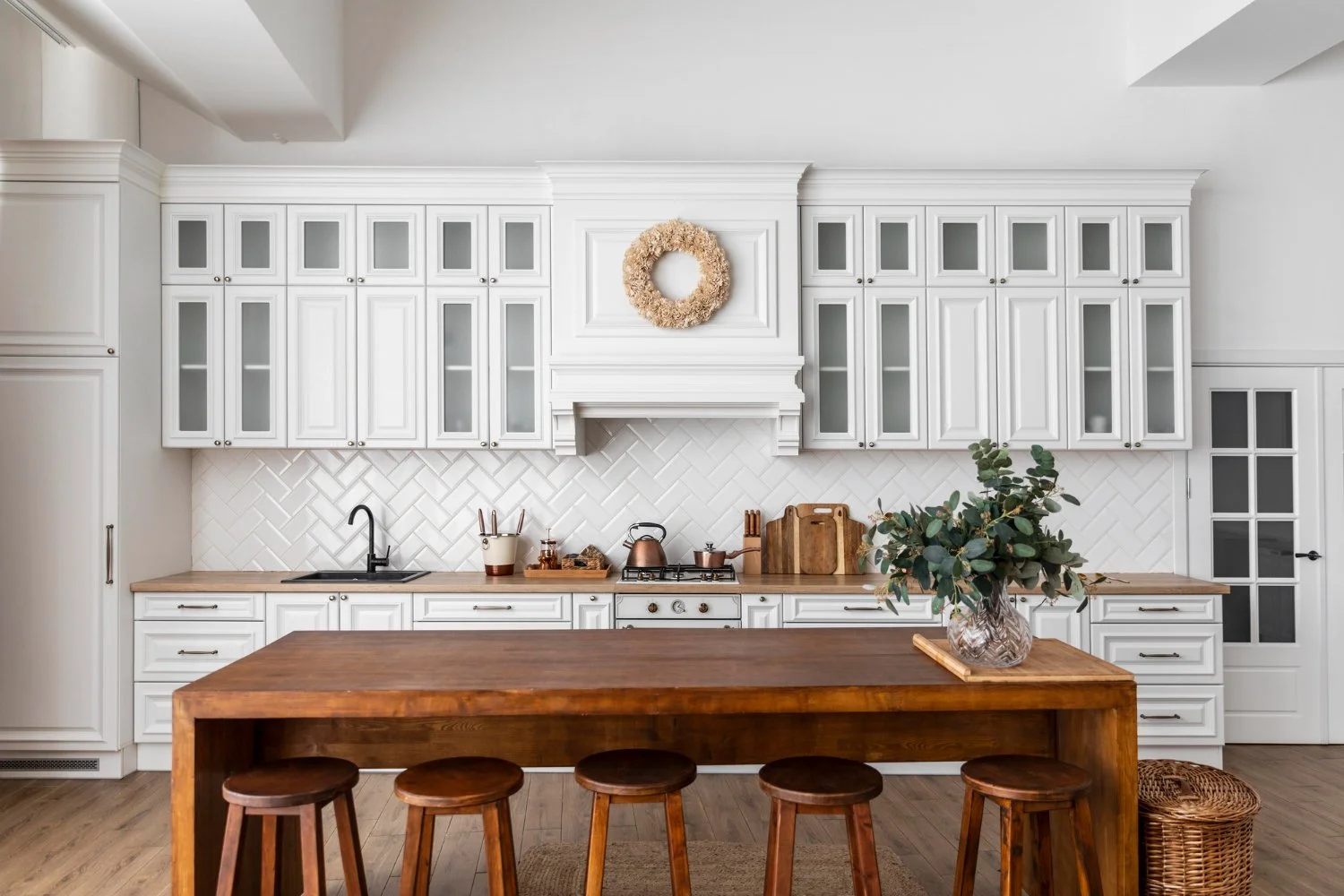Top 10 Colorado Home Design Trends 2025: What’s Shaping the Future of Living in the Rockies
As the demand for homes that reflect sustainability, technology, wellness, and modern living grows, architects and homeowners across Colorado are rethinking how homes are designed and experienced. In this comprehensive guide to Colorado Home Design Trends 2025, we explore the top trends shaping residential architecture across the state, from Aspen to Denver, and Boulder to Colorado Springs.
Whether you're planning a custom build, a major renovation, or simply dreaming of your future home, understanding these emerging trends will help you make design choices that are both forward-thinking and timeless.
1. Sustainable Architecture and Eco-Friendly Materials
With its deep-rooted commitment to environmental preservation, sustainable architecture in Colorado is no longer a luxury; it's the norm. Homes are being designed with the planet in mind, reducing environmental impact while improving energy efficiency and long-term cost savings.
Key sustainable features in 2025 homes:
Recycled and renewable materials, such as reclaimed wood, recycled steel, cork flooring, bamboo cabinetry, and low-VOC paints.
Energy-efficient systems, including solar panels, geothermal heating, and smart energy monitoring.
Water conservation, through greywater recycling, low-flow plumbing fixtures, and xeriscaping.
Passive design strategies, like optimal orientation, thermal mass, and insulation to reduce reliance on mechanical systems.
These efforts align with a statewide push toward LEED certification and the development of net-zero homes.
2. Biophilic Home Design: Nature-Integrated Living
Biophilic home design is gaining momentum in Colorado as homeowners seek to reconnect with the natural world. This trend focuses on weaving elements of nature into architectural and interior design to promote physical and emotional wellness.
Core elements of biophilic design include:
Natural light, maximized with large windows, skylights, and solar tubes.
Indoor greenery, such as living walls, potted plant groupings, and indoor gardens.
Organic materials and textures, like exposed wood beams, stone walls, and wool rugs.
Natural airflow and ventilation, achieved through thoughtful cross-breezes and operable windows.
Studies show that biophilic design reduces stress and improves focus, making it a popular choice for work-from-home households and wellness-minded homeowners.
3. The Modern Mountain Aesthetic
One of the most distinct Colorado Home Design Trends 2025 is the rise of the modern mountain aesthetic, a style that perfectly balances rustic charm with clean, contemporary lines. This trend has taken hold across mountain towns and even suburban neighborhoods along the Front Range.
Key characteristics of modern mountain homes:
Materials: weathered timber, corten steel, and stone exteriors.
Rooflines: flat or low-pitched metal roofs for snow shedding and durability.
Large windows: to capture mountain views and natural light.
Interior palettes: warm neutrals, matte finishes, and raw textures.
This design approach appeals to homeowners who want the warmth of a mountain lodge but with a modern, minimalist twist.
4. Smart Home Features for Everyday Living
With rapid advancements in technology, smart homes are now standard rather than exceptional. In Colorado, homeowners are integrating smart home features to improve convenience, security, and sustainability.
Most popular smart systems in 2025:
Voice-activated controls for lighting, heating, and appliances.
Energy monitoring tools that help reduce utility bills and carbon footprints.
Smart irrigation to support native landscaping and xeriscaping.
Home automation hubs for entertainment, climate, and security systems.
These innovations are particularly valuable in Colorado’s varied climate, allowing homes to adapt to changing weather and usage patterns.
5. Flexible Living Spaces for Work, Life, and Family
The shift toward remote work and multigenerational households has made flexible living spaces essential in residential architecture. Homes now need to accommodate evolving lifestyles.
Examples of flexible design solutions:
Multi-purpose rooms that function as home offices, guest bedrooms, or workout spaces.
Modular furniture, including Murphy beds, fold-out desks, and movable shelving.
Pocket doors and partitions to create privacy when needed.
Separate entrances or suites for aging parents, adult children, or Airbnb rentals.
This adaptability ensures the home remains functional and relevant for years to come.
6. Wellness-Centered Design
Homes are increasingly being designed to support physical and mental wellness. In 2025, wellness-centered home design in Colorado is about creating peaceful, toxin-free environments that nourish the mind and body.
Popular wellness-focused features include:
Spa-inspired bathrooms with soaking tubs, heated floors, and steam showers.
Indoor air quality systems, like HEPA filtration and whole-house ventilation.
Circadian lighting that mimics natural daylight cycles.
Dedicated meditation or yoga spaces to promote mindfulness.
As Coloradans seek balance in their fast-paced lives, these features are becoming must-haves in new builds and major remodels.
7. Passive Solar and Energy-Efficient Layouts
Thanks to Colorado’s 300+ days of sunshine annually, passive solar design is one of the most efficient and accessible ways to save energy. Homes in 2025 are being designed from the ground up to capture, store, and use solar energy naturally.
Common passive solar strategies:
South-facing orientation to capture winter sun and reduce heating needs.
Thermal mass materials, like concrete and stone that store heat during the day.
Overhangs and shading devices to block intense summer sun.
Energy-efficient windows with low-E coatings and insulated frames.
Builders are combining passive strategies with high-performance envelopes to reduce the need for mechanical systems and cut long-term costs.
8. Indoor-Outdoor Living Continuity
In Colorado, outdoor living is a year-round experience. With that in mind, one of the defining Colorado Home Design Trends 2025 is seamless indoor-outdoor living integration — not just with patios, but as an extension of the home’s core living space.
Design elements that support this trend:
Retractable walls and multi-slide glass doors that open to patios or decks.
Covered outdoor kitchens with built-in grills, refrigerators, and seating areas.
Fire pits and heaters that extend usability during colder months.
Durable outdoor materials that complement the home's interior palette.
This approach blurs the boundaries between inside and out, celebrating Colorado’s stunning natural environment.
9. Minimalist and Scandinavian-Inspired Interiors
In 2025, minimalist home design is making homes feel larger, more peaceful, and more functional. Colorado homeowners are embracing clean lines and intentional simplicity.
Key features of this style:
Neutral color palettes: with wood tones, whites, and soft grays.
Open floor plans that allow for flow and flexibility.
Clutter-free environments: thanks to hidden storage and built-in cabinetry.
Scandinavian influences, such as light wood furniture, cozy textiles, and natural light.
Minimalism complements other trends like smart home tech and wellness design, creating peaceful, easy-to-maintain spaces.
10. Regionally Inspired Architecture
Finally, many Coloradans are revisiting the architectural roots of their region. Regionally inspired architecture connects homes to the local culture, landscape, and climate.
Popular local influences:
Pueblo Revival styles with adobe walls, flat roofs, and rounded edges.
Alpine chalets in ski country with deep overhangs and timber frames.
Mid-century ranch homes are updated with modern finishes in suburban areas.
Stone and timber hybrids that reflect both mountain and high-desert traditions.
By building in ways that respect local conditions and traditions, architects are creating homes with a timeless sense of place.
Final Thoughts
From smart systems to sustainable design and flexible layouts, the Colorado Home Design Trends 2025 highlight a thoughtful evolution in how people live, build, and connect with their environments. These trends are more than just aesthetic; they reflect a cultural shift toward conscious living, personalization, and resilience.
If you're planning to build or renovate in Colorado, consider how these trends can inform your choices. By blending innovation with nature, and technology with timeless design, you’ll be investing not just in a home, but in a lifestyle.
Reach out to us today to discuss your next home project!


